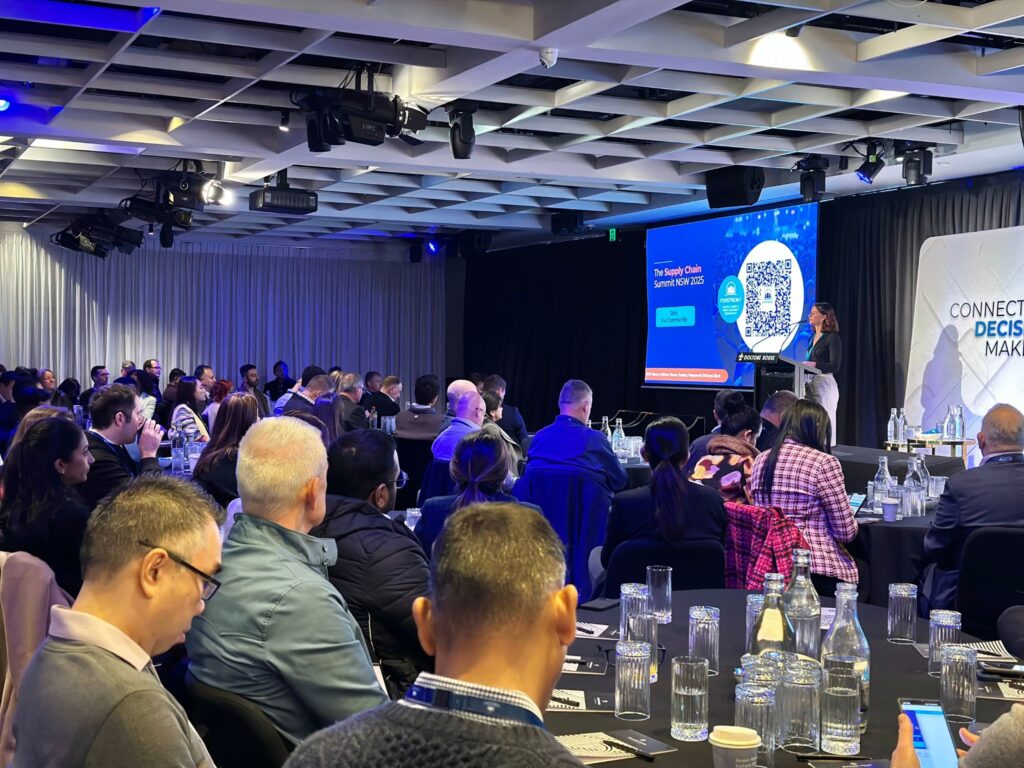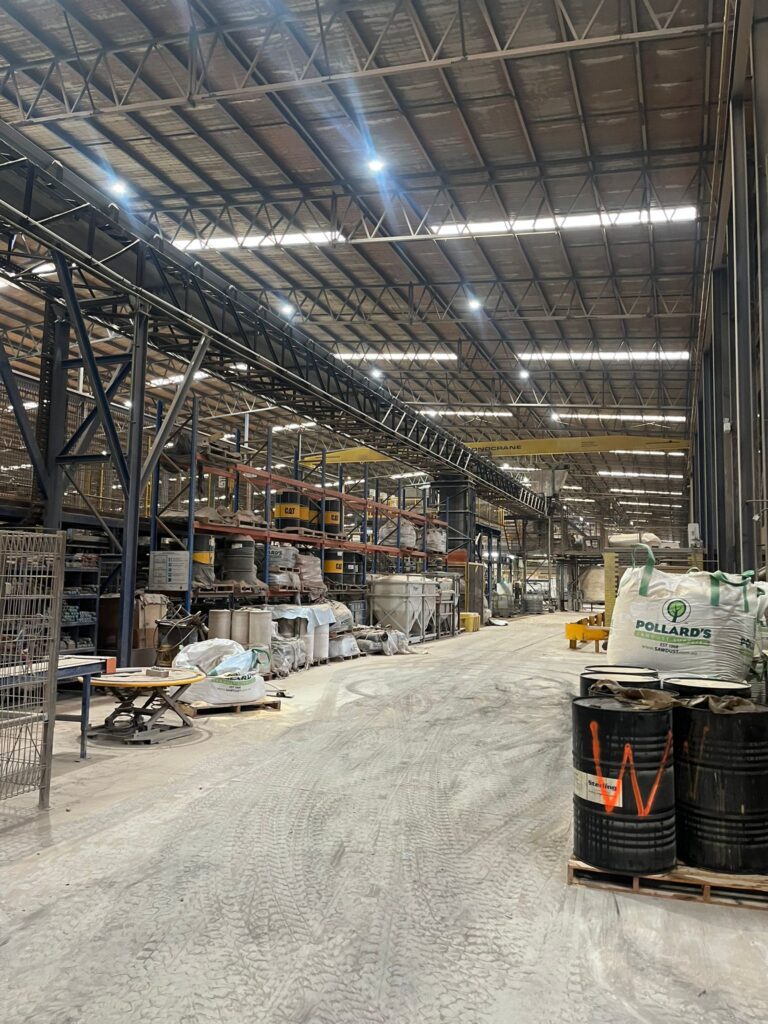Top Line Focus – Short Term Gain, Long Term Pain
When commodity prices are high in the mining sector it can feel like hitting the jackpot with a strong focus on top-line revenue performance. Senior management often prioritise production over other business objectives to capitalise on the high prices.
While this strategy contributes to achieving and sometimes exceeding revenue targets, it often masks an underlying cost of production issue. A ‘produce at all costs’ and ‘make hay while the sun shines’ attitude and neglect for cost control often results in increased marginal costs of production leading to lower profits per tonne than expected.
The Short-Term Trap
Rapidly increasing production to capitalise on high prices often means operations spend more on Contractors and suppliers that do not have supply contracts, while less management resources are available to manage these resources on-site and the increased costs.
Increased demand for goods and services in a commodity boom also drives up input prices, further adding to the cost control issues. During these times, demand for key inputs such as heavy mining equipment and their components, labour, OTR tyres and explosives will often exceed supply capacity further driving up cost per tonne.
Operations are also exposed to increased risk on site, with increasing numbers of Contractors performing work, requiring onboarding and safety inductions. With on-site management resources stretched, general compliance of Contractors to site operational and safety standards can be overlooked, leading to potentially disastrous outcomes.
When commodity prices quickly fall after operations have rapidly ramped up production, operations can be left with a high cost-base and unacceptable profit margins.
Strategic Procurement: The Unsung Hero
Every dollar saved in procurement goes straight to the bottom line.
To ensure mining operations make target profits during high commodity prices organisations need to ensure they have the right strategic procurement teams and systems in place to manage security of supply, cost of supply, and Contractor compliance for long term success.
There are four key areas where operations can focus their efforts to ensure they are managing costs and compliance for this long term success:
- Strategic Supply Arrangements
The first thing companies can do to control costs is to ensure they have robust supply and services arrangements in place with key suppliers and Contractors. Contracts that have price adjustment mechanisms to control price increases and discounts for higher volumes will control costs, and KPIs and compliance to manage performance. Suppliers will allocate resources and better pricing to customer with long term contracts over those customers with no contract.
For project based work, it’s important to have panels with prequalified Contractors to accelerate mobilisation for work with already agreed terms and conditions of service.
- Supplier Relationship Management
During a mining boom, where the demand for supply items outweighs market supply capacity, suppliers will allocate resources to their ‘Customers of Choice’. It is important that relationships go beyond the contractual obligations, particularly for strategic supplies such as mining equipment and Tyre OEMs, maintenance and operator labour, and explosives suppliers.
Meeting regularly to discuss continuous improvement projects, providing regular requirements forecasts, assisting suppliers to reduce their costs, and paying invoices on time are ways to become a ‘Customer of Choice’.
- Procurement Systems & Processes
All businesses should focus on ensuring their systems and processes are fit for purpose and working well. This is critical in procurement, where the procure-to-pay process impacts the entire supply chain and getting it wrong can lead to non-payment of suppliers and Contractors leading to stop credit incidences, which can stop the operation.
During times of increased demand, it is even more critical as systems and processes can be overwhelmed with the increased purchase order and invoices volumes, and the business can easily lose control of costs. Requisitions, issuing of purchase orders, receipting and timesheets, and payment of invoices all must be systemised to minimise invoice mismatches and non-payment to suppliers. Having a robust, well managed item catalogues are critical to ensure s streamlined procure to pay process.
- Contractor Management
With the increased number of Contractors on site during a commodity boom, the requirement for proper Contractor management is heightened, as the risks of non-compliance to site safety and operational requirements increase. This risk is driven by the sheer number of Contractors on site, and new, less experienced Contractors entering the market to take advantage of the demand and high rates.
Procurement plays an important role in ensuring all Contractor prequalification checks have been completed, all on-site works are under contract, the appropriate insurances are in place and have been received, and Contractors are meeting requirements during service delivery.
It’s critical that there are resources dedicated to managing contracts to drive value from the supplier. This includes requirements forecasting, KPI tracking and performance reviews, price reviews, variations, and validation of services payment claims. The cost of not doing these things properly can result in lack of supply, significant costs increase, underperformance, and safety risk to the business.
In Summary
During times of high commodity prices, focusing solely on top-line revenue performance can be a risky strategy. Mining companies should ensure a healthy balance between increased production and cost control activities to maximise sustainable profits, with strategic procurement activities playing a key role to achieving this objective.
How is your strategic procurement team set up to deliver long-term success?
Discover how Argon & Co’s Procurement solutions can help you optimise costs and drive sustainable growth.







